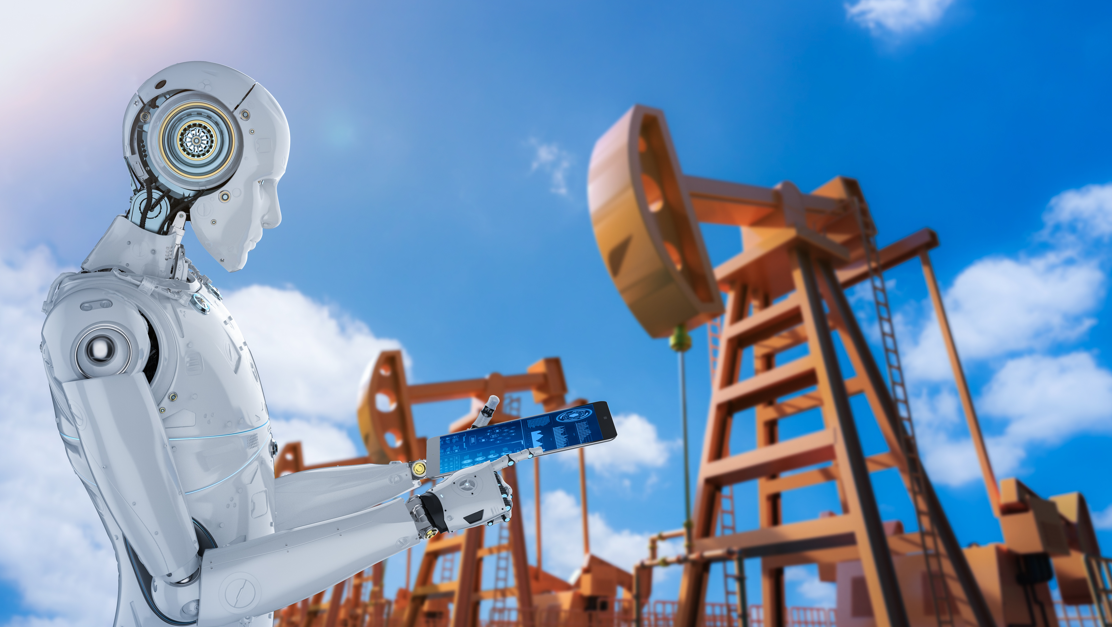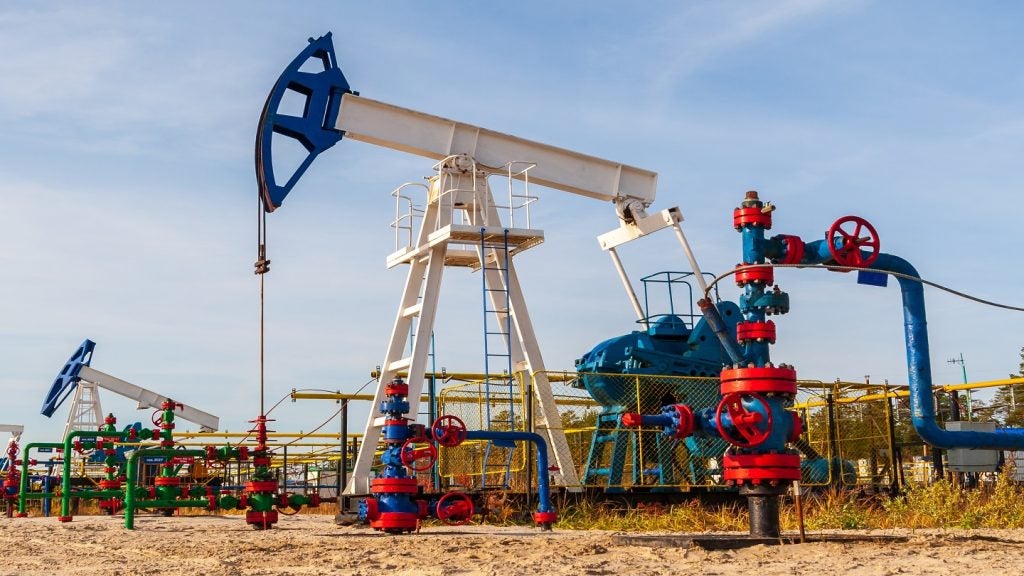
Robotics has been a part of the oil and gas industry for several decades. However, growing digitalization and integration with artificial intelligence (AI), cloud computing, the Internet of Things (IoT), and edge computing have helped diversify robot use cases. Vast number of robots are now involved in oil and gas operations, including terrestrial crawlers, quadrupeds, aerial drones, autonomous underwater vehicles (AUVs), and remotely operated vehicles (ROVs).

Robots have applications across the oil and gas industry in various tasks ranging from surveys, material handling, and construction, to inspection, repair, and maintenance. Robots can be customized for various tasks to ease the work and improve efficiency. During the planning phases of an oil and gas project, robots can be deployed to conduct aerial surveys, or they can be employed to conduct seismic surveys during exploration. Aerial or underwater drones can be adopted depending upon the project location and work requirements.
Advances in modular and customizable robots is expected to result in growing deployment of robotics in the oil and gas industry. Automation of routine inspection tasks also results in an opportunity to generate more data and operational insights. Industry leaders, such as BP, Shell, ExxonMobil, and Equinor, have tested autonomous robots at their facilities and sought to further improve their performance.
Overall, robotics is a fast-growing industry. According to GlobalData forecasts, it was worth $52.9 billion in 2021 and will reach $568 billion by 2030, recording a compound annual growth rate (CAGR) of 30%.
Further details of adoption of robotics in the oil and gas industry can be found in GlobalData’s new report, ‘Robotics in Oil & Gas’.




